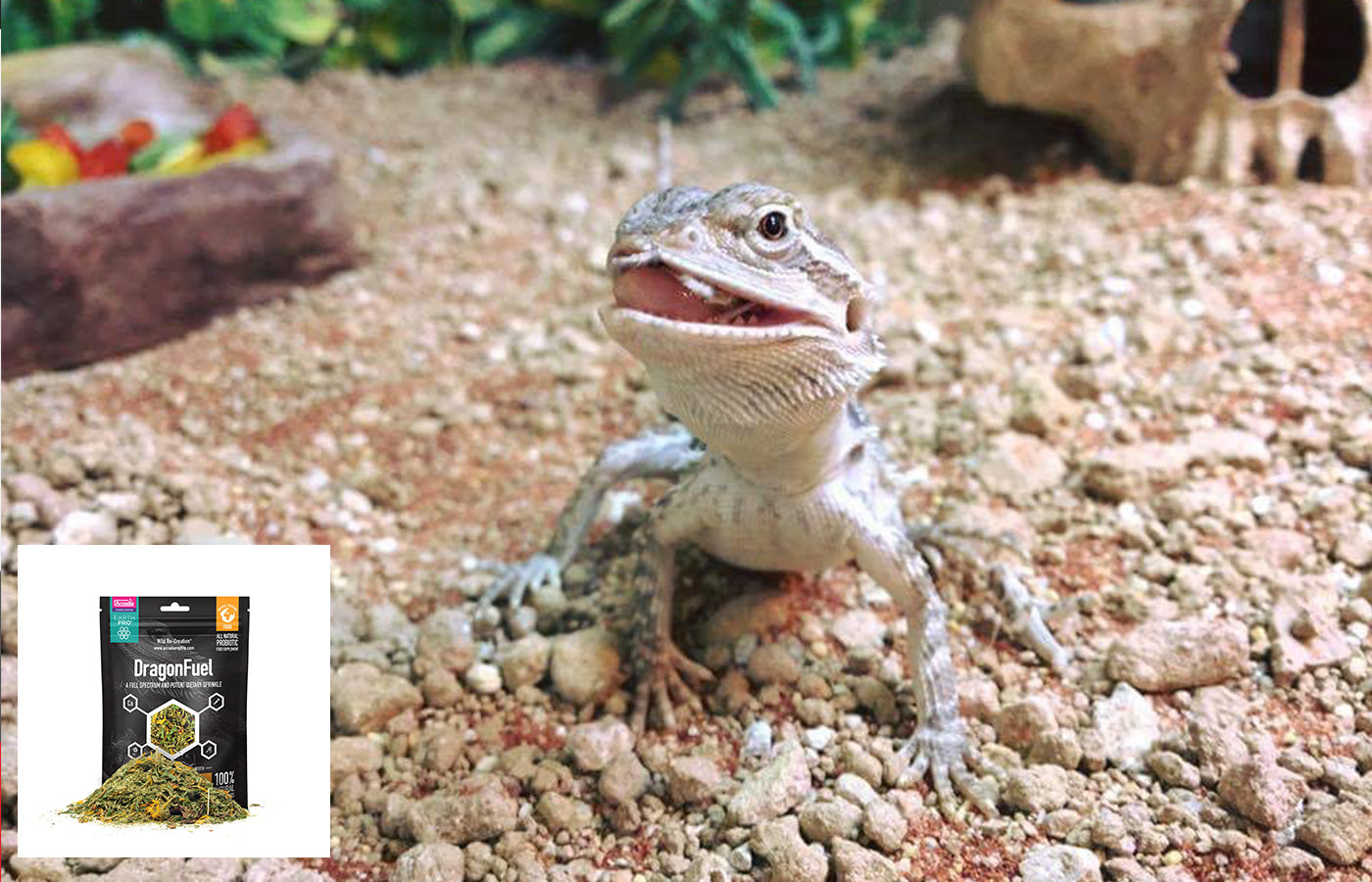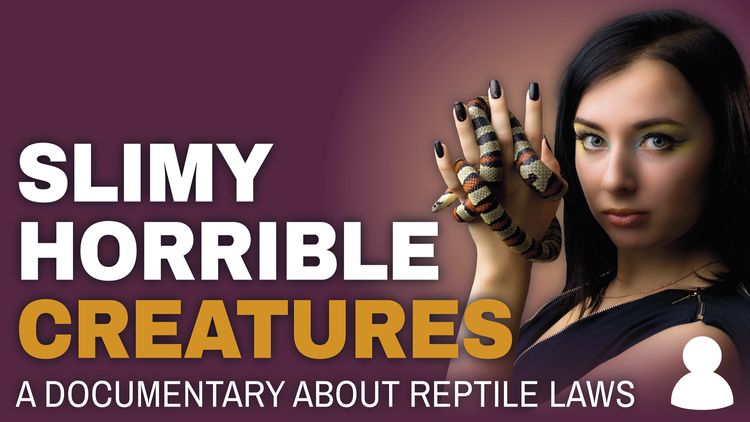Our most popular lizard pets remain bearded dragons, but we are commonly asked what should I feed my dragon or faced with questions from owners who are having difficulty getting their dragons to eat a wider variety of foods. Here we will aim to discuss what types of food bearded dragons can eat, what they should be eating, how much and how often.
Variety
One of the most under-appreciated aspect of bearded dragon feeding is the importance of feeding a wide variety of different foods. It seems obvious when you reflect on it, but just like when we feed ourselves, we aim to consume a wide variety healthy foods and snacks as part of a complete and nutritionally balanced diet, we need to do the same for our pet bearded dragons. Bearded Dragons are truly omnivorous (eating animal and plant matter) and its not hard to imagine them eating anything and everything that opportunity affords them in the wild.
Greens and Salad
From the moment they are born, our bearded dragons at Internet Reptile are offered a bowl of finely chopped ‘salad’ as their first meal of the day and any good breeder or pet shop should be doing the same. If your dragon has come from a place where this has not been offered it may be hard work getting them interested but even more reason to follow our guide to making appealing, tasty, healthy salad that dragons will find irresistible. Fed shortly after the lights go on and before offering feeder insects will help your dragons steer away from the temptation to just eat insects.
When preparing your dragons ‘greens’, forget human favourites like iceberg, cucumber, tomato or carrot, these are not ideal for a variety of reasons. Instead think dark leafy spring greens, butternut squash, darker lettuces, rocket, watercress. Chop these finely and mix them with clean wild dandelion leaves if you can find them and dried flower and herb mixes such as arcadia dragonfuel or flowermix. Twice a week we also mix in tasty gel type foods such as insectigold or onmigold to create a delicious and nutritious blend of flavours and textures your dragon will love.
Livefood Insects
Your bearded dragons wild cousins are likely to eat just about any insects or creepy crawlies they come across, we should take great care therefore not to falling into the trap of pilling in unlimited amounts of just one type of insect and thinking that will do. Even if our dragons are content with this, it often results in unhealthy, obese dragons that become disinterested in the variety of foods they need.
There is some limitation as to how many livefood insects are available, but fantastic staple food items include locusts, brown or black crickets, morio worms *, calci worms and roaches. On top of this, as a treat, you can feed waxworms, buffalo worms, pachnoda grubs* and more specialist foods like silkworms should supply allow.
The important thing to remember with livefoods for bearded dragons is to make sure that all of these are well cared for before feeding, gut load them well and gently dust according to your supplementation schedule.
Juveniles (of the age deemed suitable to go to their new homes) are best fed insects 2-3 times a day, this can be reduced to once a day once the dragons are over 6 months and then down to every 2-3 days once they are fully grown adults. In terms of how much, allow them to eat what they are interested in for 5 to 10 mins rather than leaving in food at all times which can bother them and escape the enclosure… there is no harm in more regular feedings of smaller amounts and you may find that works better for you if feeding a wider variety of foods.
Other Foods
Our first preference is always to use ‘other foods’ as part of our salad mix. As we outlined above we use dry herb and flower mixes daily as well as gel based dragon foods twice a week.
There are other foods you can buy too which vary in their usefulness.
In our experience, pellet type diets are not as well received or beneficial as a well prepared natural diet, BUT if you can’t provide your dragon with the variety of foods we recommend for any reason they can easily be used to add variety with little effort so should not be dismussed out of hand.
Canned or cooked insects often go down well and these are just as beneficial as live feeders, check out the probugs range and you can pop these into your salad or even just feed as occasional treats at other times.



